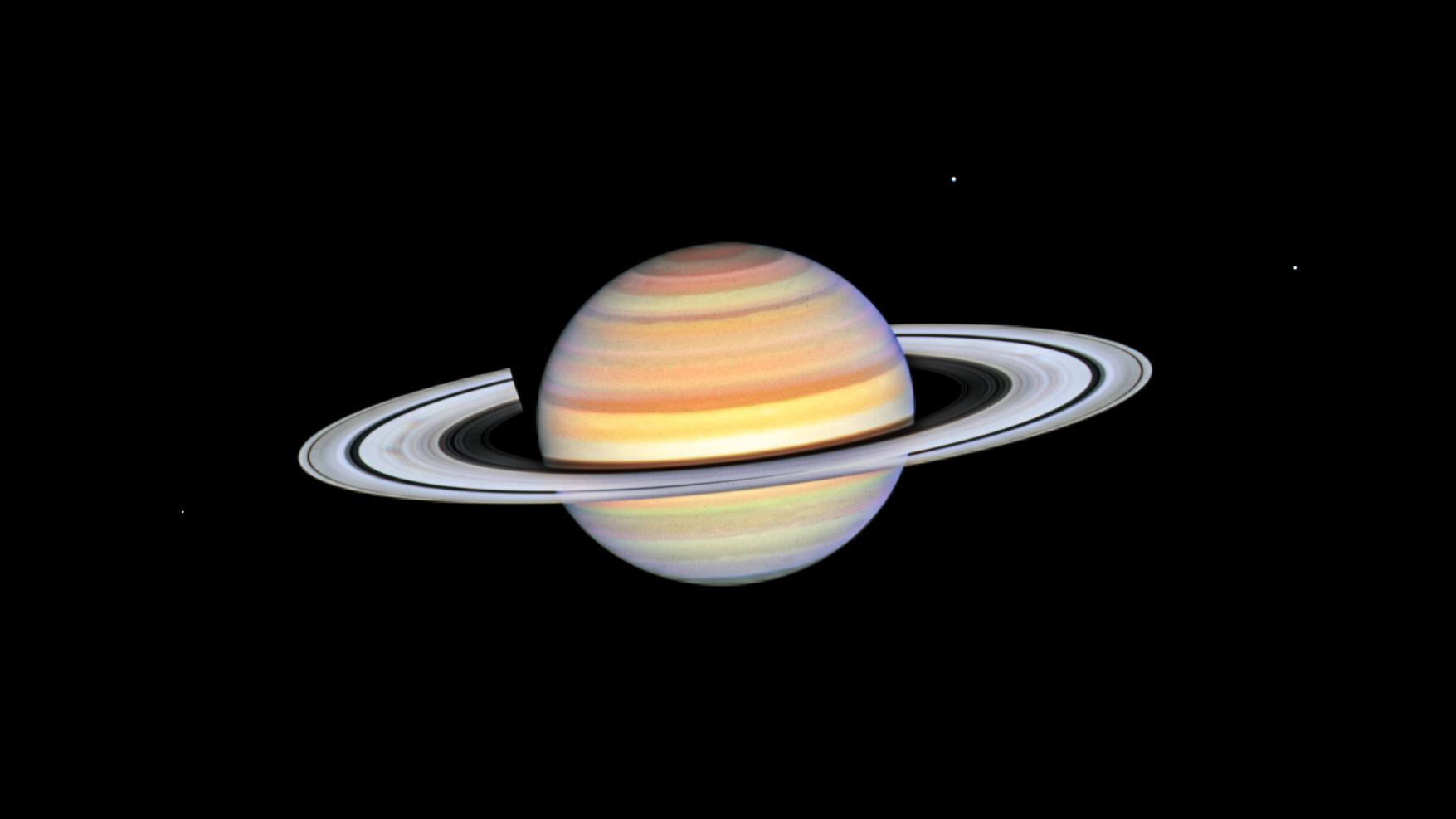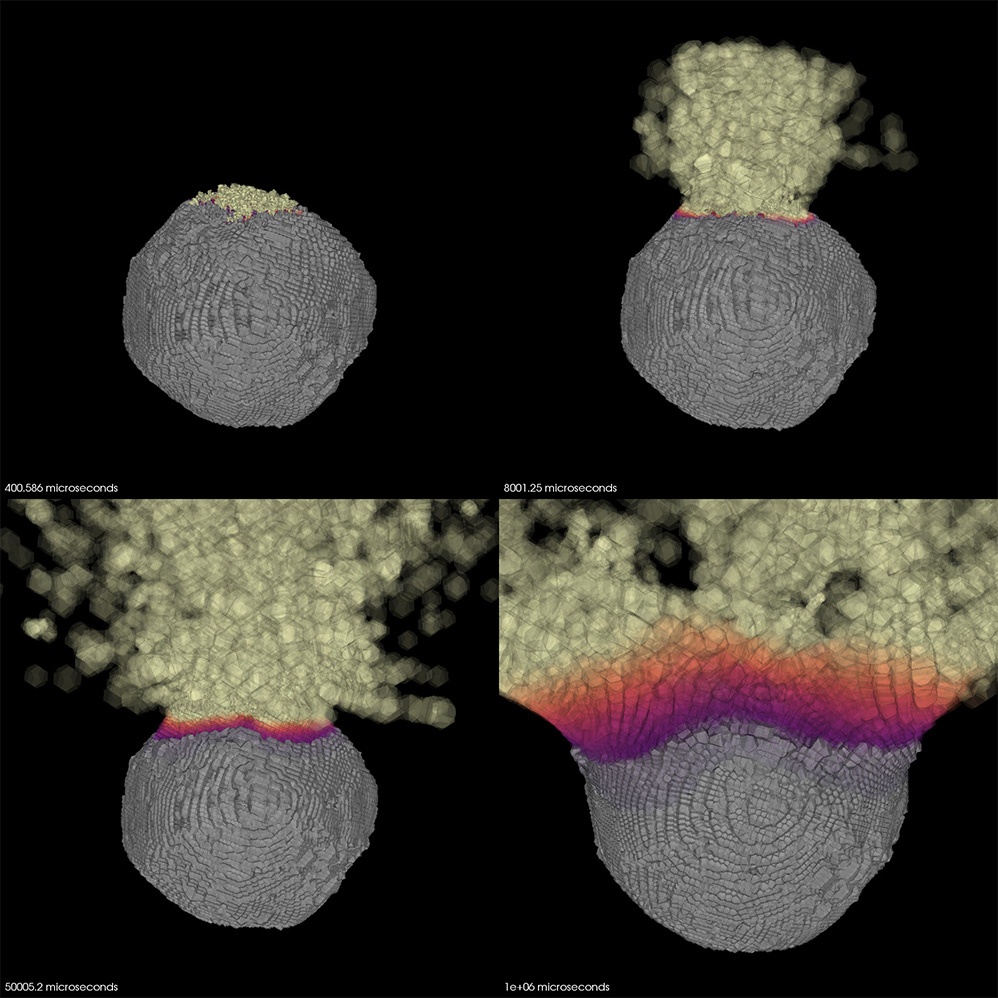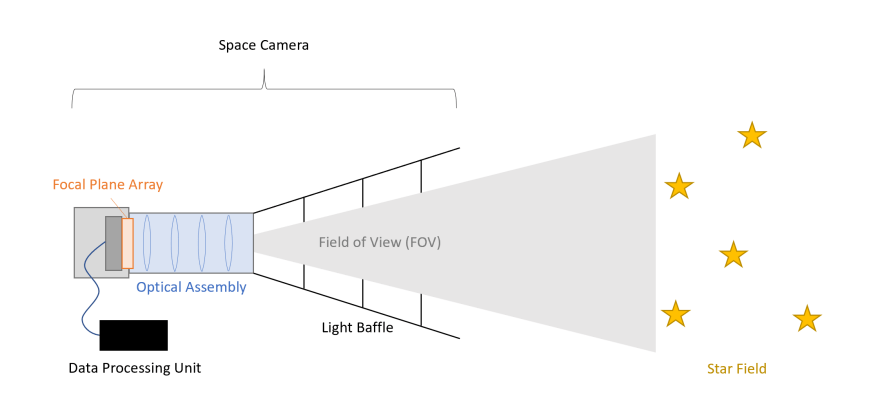Universe Today recently examined the potential for sending humans to Jupiter’s icy moon, Europa, and the planet Venus, both despite their respective harsh surface environments. While human missions to these exceptional worlds could be possible in the future, what about farther out in the solar system to a world with much less harsh surface conditions, although still inhospitable for human life? Here, we will investigate whether Saturn’s largest moon, Titan, could be a feasible location for sending humans sometime in the future. Titan lacks the searing temperatures and crushing pressures of Venus along with the harsh radiation experienced on Europa. So, should we send humans to Titan?
Continue reading “Should We Send Humans to Titan?”Should We Be Preparing for First Contact?
First Contact. It’s a topic guaranteed to inspire a mix of emotions in people. It’s also one of the most fascinating SF scenarios we can imagine. What will people do when “they” appear? Or when we find evidence of life elsewhere in the Universe? For answers, one suggestion is to turn to a discipline called “exosociology”.
Continue reading “Should We Be Preparing for First Contact?”Dream Chaser is Getting Tested at NASA
After a journey spanning almost two decades, Sierra Nevada Corporation’s Dream Chaser reusable spaceplane, named Tenacity, is officially undergoing environmental testing at NASA’s Neil Armstrong Test Facility located at NASA’s Glenn Research Center in anticipation of its maiden flight to the International Space Station (ISS), currently scheduled for April 2024. The environmental testing consists of analyzing the spacecraft’s ability to withstand rigorous vibrations during launch and re-entry, along with the harsh environment of outer space, including extreme temperature changes and vacuum conditions. This testing comes after Sierra Space announced the completion of Tenacity at its facilities in Louisville, Colorado last month, along with the delivery of Sierra Space’s cargo module, Shooting Star, to the Neil Armstrong Test Facility that same month, as well.
Continue reading “Dream Chaser is Getting Tested at NASA”ESA is Stockpiling Simulated Regolith for the Ultimate Lunar Playground.
Testing interplanetary landers means putting them in an environment as close to their destination as possible. Mars landers are often tested in the ‘Mars Yard’ at NASA’s Jet Propulsion Laboratory in South California and now, ESA are looking to build a similar test bed for the Moon. They are mining a mateiral in Greenland known as Anorthosite to create the largest lunar test bed yet.
Continue reading “ESA is Stockpiling Simulated Regolith for the Ultimate Lunar Playground.”Lost In Space? Just Use Relativity
One of the hardest things for many people to conceptualize when talking about how fast something is going is that they must ask, “Compared to what?” All motion only makes sense from a frame of reference, and many spacecraft traveling in the depths of the void lack any regular reference from which to understand how fast they’re going. There have been several different techniques to try to solve this problem, but one of the ones that have been in development the longest is StarNAV – a way to navigate in space using only the stars.
Continue reading “Lost In Space? Just Use Relativity”Webb Sees a Supernova Go Off in a Gravitationally Lensed Galaxy – for the Second Time

Nature, in its infinite inventiveness, provides natural astronomical lenses that allow us to see objects beyond the normal reach of our telescopes. They’re called gravitational lenses, and a few years ago, the Hubble Space Telescope took advantage of one of them to spot a supernova explosion in a distant galaxy.
Now, the JWST has taken advantage of the same lens and found another supernova in the same galaxy.
Continue reading “Webb Sees a Supernova Go Off in a Gravitationally Lensed Galaxy – for the Second Time”We Just had the Strongest Solar Flare in the Current Solar Cycle
On December 14th, at 12:02 PM Eastern (09:02 AM Pacific), the Sun unleashed a massive solar flare. According to the Space Weather Prediction Center, part of the National Oceanic Atmospheric Administration (NOAA), this was the strongest flare of Solar Cycle 25, which began in 2019 and will continue until 2030. What’s more, scientists at the SWPC estimate that this may be one of the most powerful solar flares recorded since 1755 when extensive recording of solar sunspot activity began.
Continue reading “We Just had the Strongest Solar Flare in the Current Solar Cycle”It’s Time for Saturn’s “Spokes” to Return

Astronomers have been observing Saturn with the Hubble Space Telescope and several other spacecraft for decades and have noticed something unusual. During seasonal changes, transient spoke-like features appear in the rings. These dark, ghostly blobs orbit around the planet 2-3 times, and then disappear.
As Saturn is approaching its equinox, this is prime spoke activity time. Once again, Hubble has been called to gaze at Saturn, tracking the behavior of the spokes and hopefully giving astronomers more clues as to why they occur.
Continue reading “It’s Time for Saturn’s “Spokes” to Return”Finally. A Productive Use for Nuclear Weapons: Asteroid Defense

While it has been a favorite disaster movie theme, nuking an incoming asteroid in the real world has been touted as a very bad idea. While a nuclear bomb could possibly obliterate a smaller asteroid, nuking a larger asteroid would only break it into pieces. Those pieces would still threaten our planet, and perhaps even makes things worse by producing multiple impacts across the planet.
But is using nuclear weapons on an incoming asteroid really a bad idea? If the right technique is used, a nuclear blast could possibly be used as an asteroid deflection device.
Continue reading “Finally. A Productive Use for Nuclear Weapons: Asteroid Defense”Why the Universe Might be a Hologram

A quarter century ago, physicist Juan Maldacena proposed the AdS/CFT correspondence, an intriguing holographic connection between gravity in a three-dimensional universe and quantum physics on the universe’s two-dimensional boundary. This correspondence is at this stage, even a quarter century after Maldacena’s discovery, just a conjecture. A statement about the nature of the universe that seems to be true, but one that has not yet been proven to actually reflect the reality that we live in. And what’s more, it only has limited utility and application to the real universe.
Continue reading “Why the Universe Might be a Hologram”





